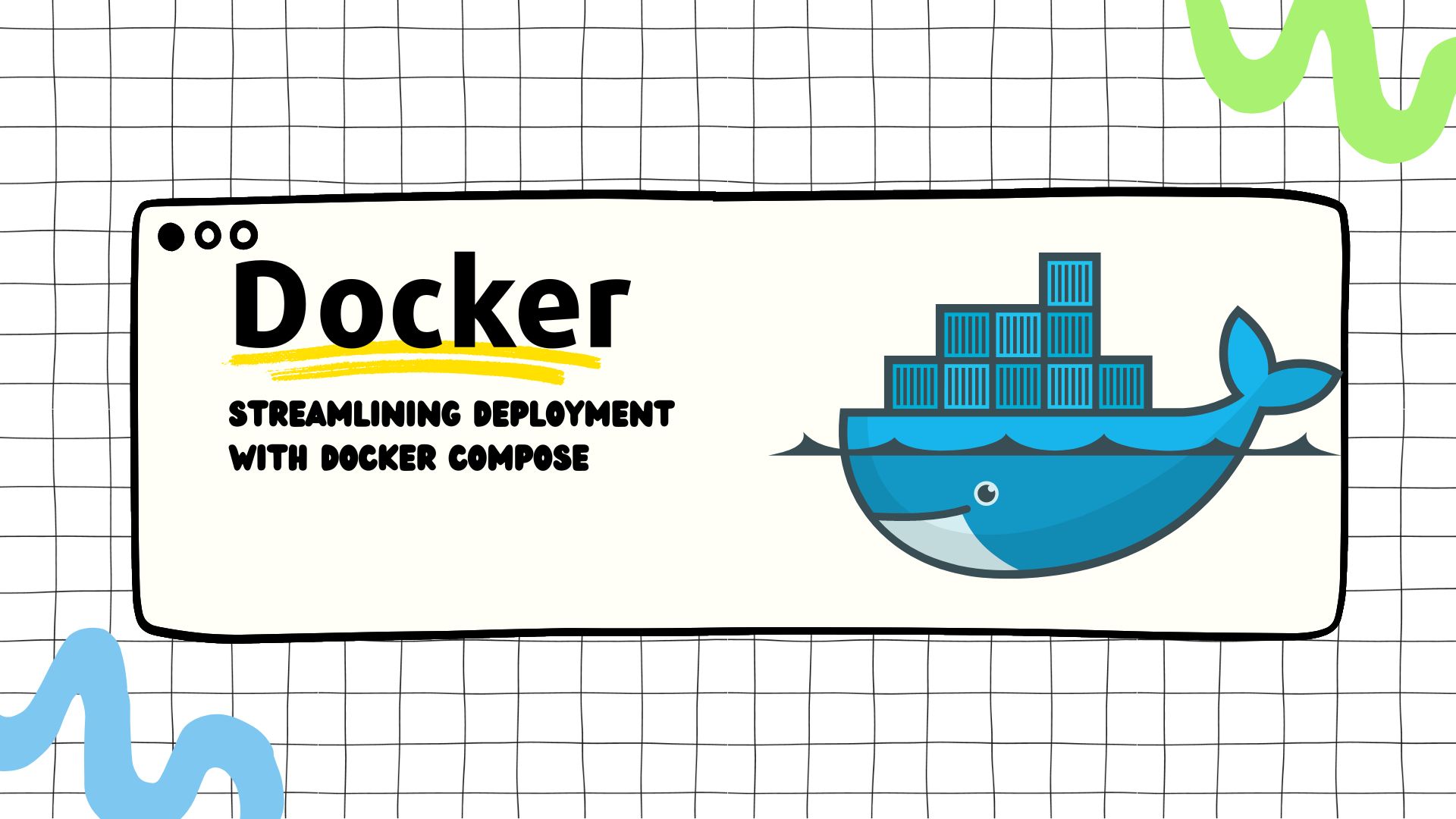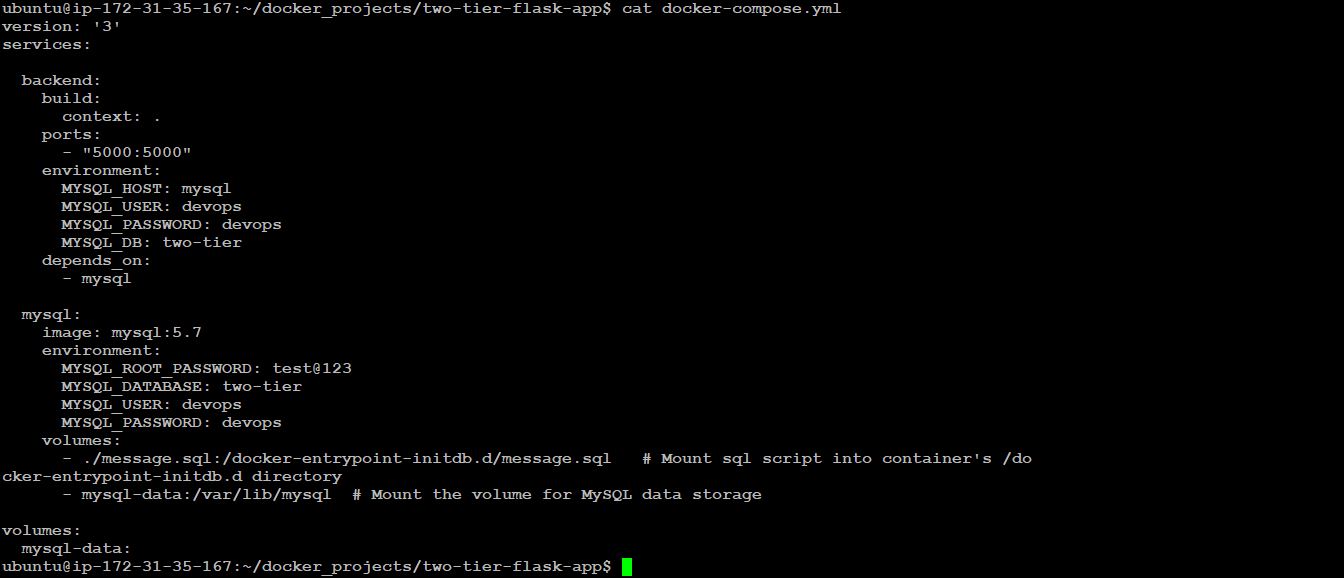Docker for DevOps Engineers: Streamlining Deployment with Docker Compose
 Rohit Ramteke
Rohit Ramteke
In the dynamic landscape of DevOps, Docker emerges as a potent tool that empowers streamlined application deployment and management. This blog delves into Docker's prowess and specifically unravels the magic of Docker Compose, simplifying environment setup, inter-container linking, and utilization of environment variables.
Exploring Docker Compose and YAML
Docker Compose acts as an orchestrator, orchestrating multiple Docker containers, defining their relationships, and configuring their properties in a single, human-readable file known as the docker-compose.yml file. This brings uniformity and ease to complex multi-container setups.
The Power of YAML
The docker-compose.yml file employs YAML (YAML Ain't Markup Language) for configuration. YAML is a human-friendly data serialization standard, making it easy to write and read, thus fostering collaboration.
Task-1: Mastering Docker Compose for Container Management
In this task, we dive into the essentials of the docker-compose.yml file. We wield its might to shape environments, configure services, and weave connections between disparate containers. Leveraging environment variables amplifies the flexibility of this orchestration, allowing us to parameterize configurations and enable smooth transitions between environments.
Example of docker-compose.yml

Task-2: Running Containers with Precision and Finesse
We venture into the world of pre-existing Docker images, fetching them from public repositories like Docker Hub. Running containers as non-root users becomes crucial for security. We employ the
usermodcommand to grant non-root permissions, ensuring safety.
Armed with
docker inspect, we unveil the inner workings of containers. This command reveals running processes and exposed ports, peering into the very heart of containerized applications.
Through
docker logs, we gain insights from the logs, unraveling the container's journey in real-time.
docker stopanddocker startprove to be potent tools, enabling us to gracefully control container lifecycles.
Concluding the journey, we embrace
docker rm, efficiently cleaning up containers that have served their purpose.
Running Docker Commands Sans Sudo: A Breeze
Running Docker commands sans sudo eliminates friction in the DevOps workflow. By adding your user to the docker group, you bypass the need for elevated permissions, expediting your Docker-related tasks.
Remember to follow these steps to make Docker commands accessible without sudo:
Run:
sudo usermod -a -G docker $USER
Reboot your machine for changes to take effect.

Conclusion
Docker, coupled with Docker Compose, unveils a realm of possibilities for DevOps engineers. The orchestration prowess of Docker Compose simplifies environment configuration and inter-container dynamics. As we master Docker's tools and principles, we equip ourselves to navigate the ever-evolving landscape of DevOps, ensuring smoother, faster, and more efficient application deployment.
Happy Learning..!!!
Subscribe to my newsletter
Read articles from Rohit Ramteke directly inside your inbox. Subscribe to the newsletter, and don't miss out.
Written by

Rohit Ramteke
Rohit Ramteke
As a seasoned IT professional with expertise in Siebel Administration and DevOps, I am passionate about optimizing CRM solutions and enhancing IT infrastructure to drive business success. With a proven track record of implementing and managing Siebel applications, coupled with strong DevOps skills, I bring a unique blend of technical knowledge and strategic thinking to streamline operations and improve customer experience.